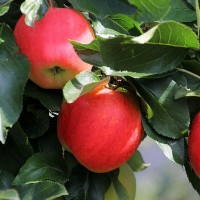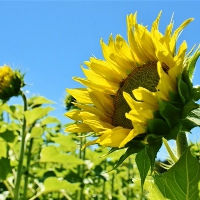Good high school mathematics teaching aids include "List of Knowledge Points for College Entrance Examination", "Textbook Gang", "Complete Interpretation of Textbooks", "Crazy work on small topics", and so on.
List of Knowledge Points in College Entrance Examination
The List of Knowledge Points in College Entrance Examination not only includes a detailed description of knowledge points in high school, but also provides a variety of question types and answer strategies. This tutorial book has collated a large number of typical examples and real college entrance exam questions in the past five years, so that students can clearly understand the type of college entrance exam questions that each mathematical knowledge point will produce.
Each topic in the List of Knowledge Points in the College Entrance Examination consists of five main parts: examination point interpretation, mind mapping, knowledge sorting, example analysis, method induction, to help high school students sort out the context of mathematical knowledge and better check and fill gaps.
Textbook Help
Textbook Help is a synchronous explanation of mathematics teaching aids, and the layout of knowledge points matches the content of the textbook. This tutorial book uses the classic layout of left lecture and right example. The left side is used to explain mathematical knowledge points, and the right side is used to explain corresponding examples. The combination of explanation and practice will help senior high school students deepen their understanding and memory.
In line with the trend of "synchronization of college entrance examination", Textbook Gang selects real physics questions for college entrance examination all over the country. The layout of the whole tutorial book is very simple. On the basis of exploring the source of textbook knowledge, it tracks hot materials and grasps the dynamics of college entrance examination, which is highly practical.
Complete Interpretation of Teaching Materials
The Complete Interpretation of Teaching Materials is synchronous with the teaching materials. It explains the knowledge points in the political textbook in great detail, with breadth, depth and characteristics. It is very suitable for senior high school students to preview and review.
Complete Interpretation of Teaching Materials is arranged in columns on the left and right, with knowledge on the left and examples on the right. Through the training of examples and exercises, as well as providing correct ideas and methods, guide students to think and expand their learning, and help students consolidate their political knowledge in high school.
"Crazy Topic"
The series of "Crazy Quest" includes both the general review of the college entrance examination and the synchronous practice. The students of Senior One and Senior Two can brush the synchronous exercise book after class to have a better practical foundation. Senior three students can prepare a copy of the basic part and the intensive part of the college entrance examination for review, so as to better check and fill gaps.
"Crazy on Small Topics" selects test questions from major cities or famous schools in recent two years, and sorts out key questions, hot topics, error prone questions, typical questions, inquiry questions and other types of questions. The answers to "Crazy on Small Topics" are detailed, and each political topic has a detailed solution.











